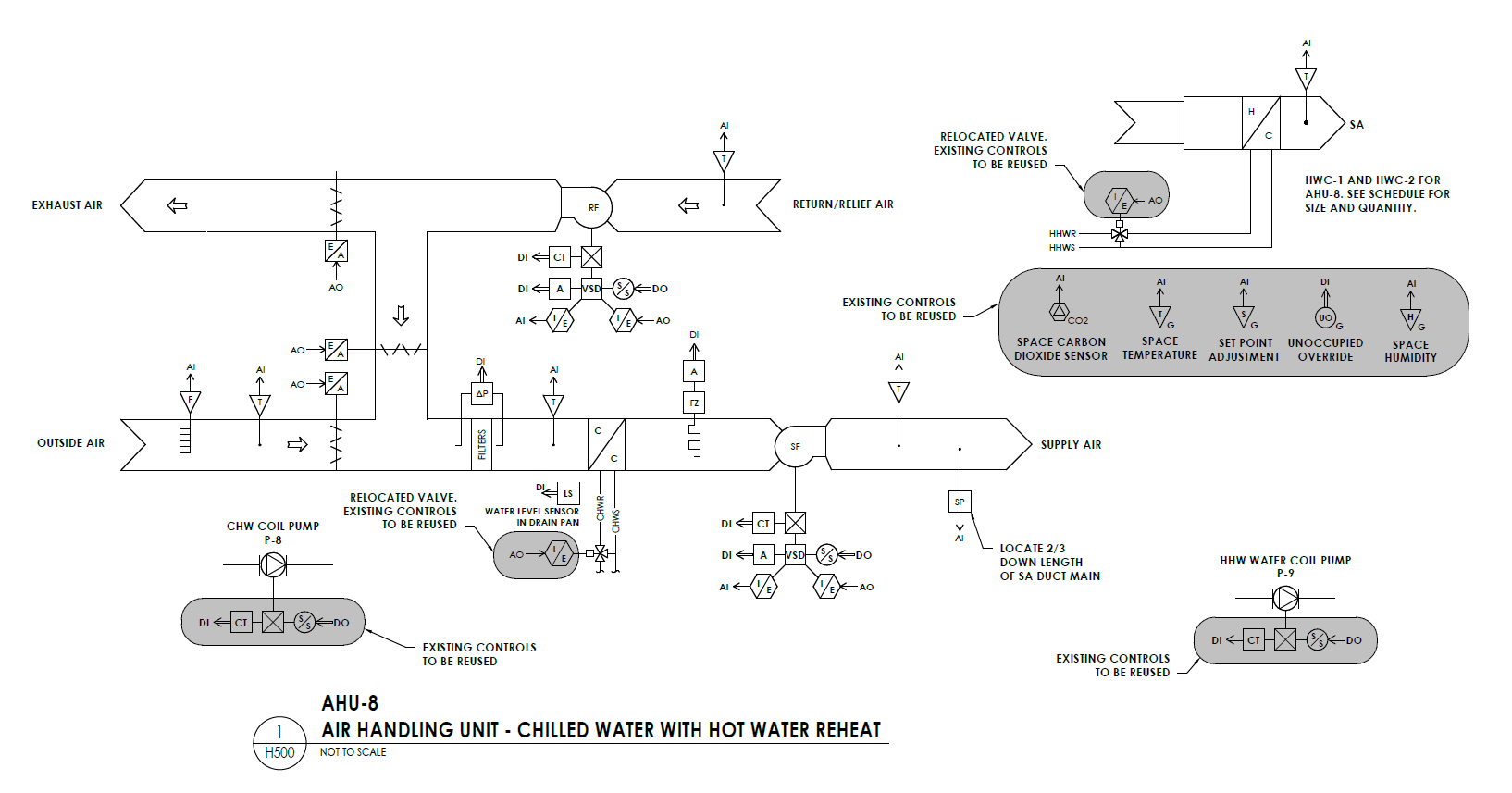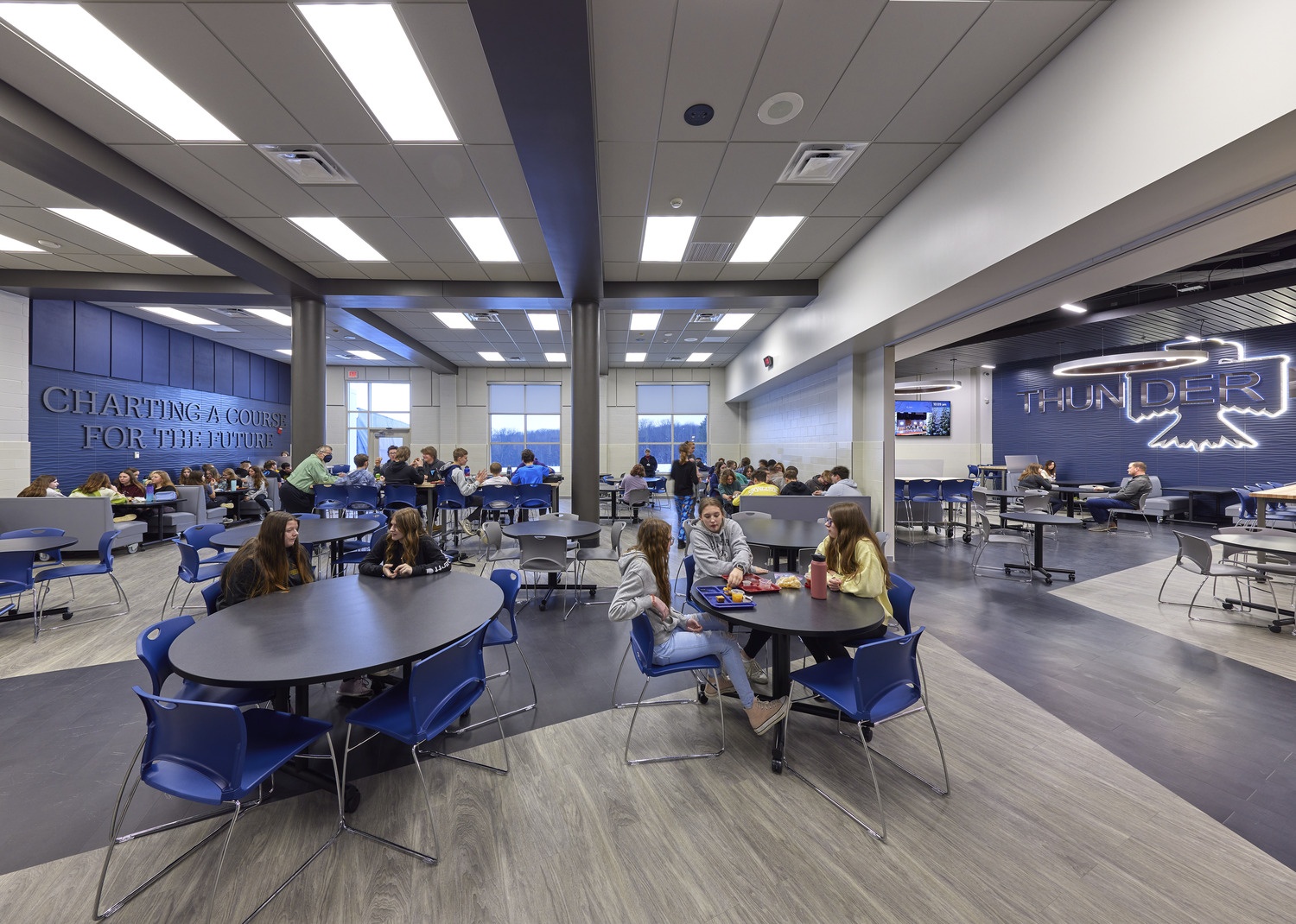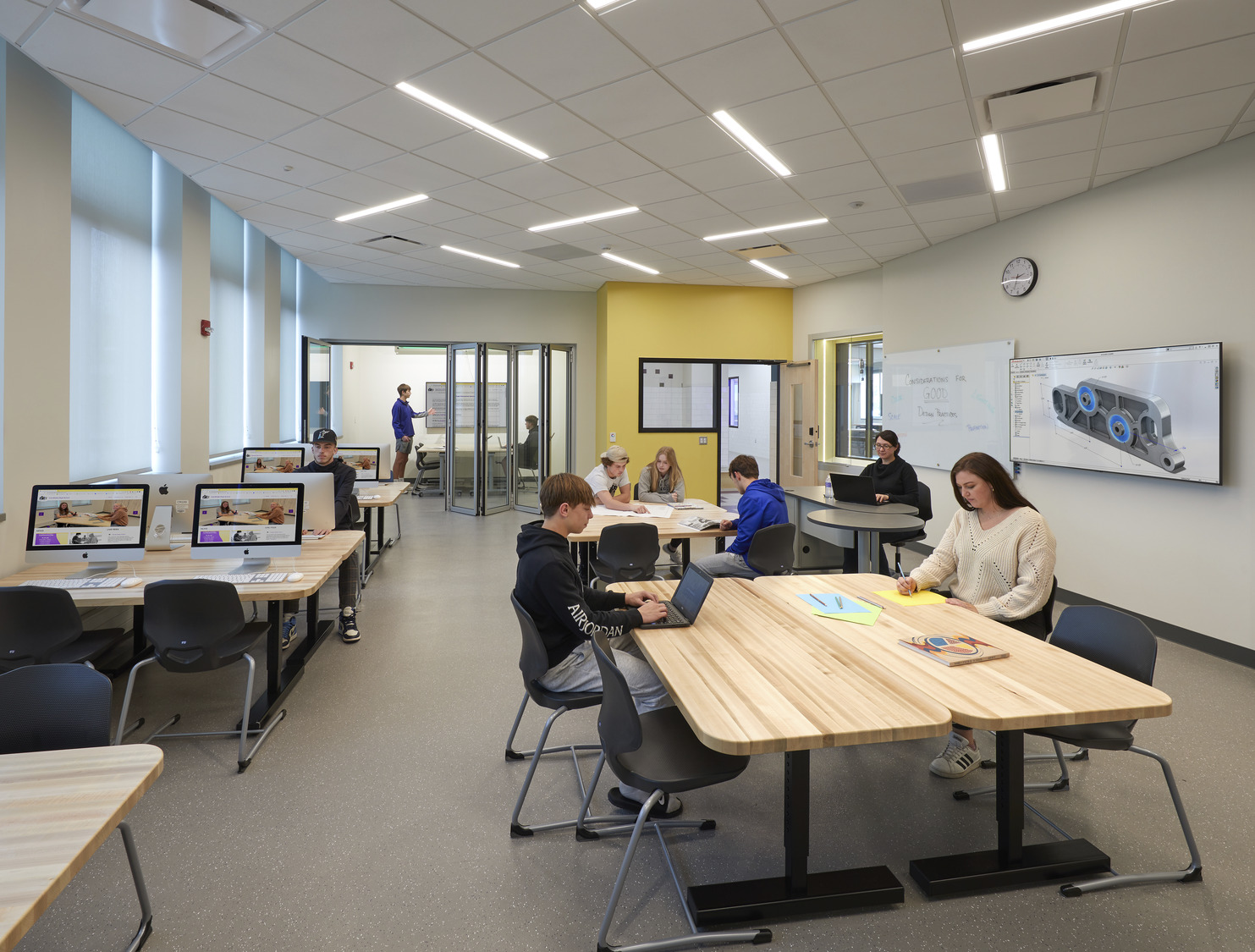Share This Story
Clean air is vital for fostering productive environments in K-12 settings. In fact, research indicates that fresh air boosts student performance while empowering teachers to provide more effective instruction.
To harness these benefits, administrators can optimize ventilation, filtration and humidity controls by focusing on five essential design principles. The outcome? Healthier, more vibrant classrooms that enhance student learning and support the well-being of the entire school community.
1. Ventilation: Solving Pollution with Dilution
Proper ventilation is crucial for minimizing air recirculation and diluting airborne pathogens—such as viruses, bacteria, and fungi—that pose health risks to building occupants. Schools should aim to optimize outside air ventilation to promote fresher indoor air, while ensuring their HVAC systems can accommodate the increased heating and cooling load. It’s also important to consider how increased ventilation rates affect energy consumption. Implementing HVAC control strategies can help balance enhanced ventilation with minimized costs.
These upgrades will collectively improve temperature regulation and decrease reliance on recirculated air, ultimately creating a comfortable learning environment where students can thrive.

This forward-thinking approach is evident at Johnston County Public Schools‘ Four Oaks Elementary School, where our K-12 Practice team conducted an assessment of existing systems and developed a plan to augment airflow and indoor air quality. New variable air volume (VAV) units are being installed to boost fresh air intake, along with expanded chilled water plants and high-efficiency boilers, mitigating reliance on recirculated air (pictured above).
2. Filtration: Cleaning the Air for Clearer Minds
Evidence suggests that properly filtered air in K-12 buildings not only reduces harmful particles like dust, pollen, and pathogens but also magnifies student health and academic performance. To achieve this, schools can implement filters rated ASHRAE MERV-13 or higher, or HEPA filters, which trap most bacteria and viruses within their HVAC systems.
Schools looking to incorporate these more effective filters into existing systems must evaluate compatibility and account for any increased resistance that may require adjustments to fan capacity. In some cases, upgrading horsepower may be necessary to maintain adequate, healthy air flow in classrooms.

During a Capital Improvement Project (CIP) with Chautauqua Lake Central School District, we assessed their building systems and implemented filtration solutions. These initiatives created healthier spaces that enhance academic outcomes for Chautauqua Lake students and faculty.
3. Decontamination: Technologies for Safer Spaces
New decontamination technologies, such as ultraviolet (UV-C) light and bipolar ionization, are transforming K-12 building systems by reducing pathogen buildup in HVAC systems.
These advanced methods lower the risk of infections, allergies, and other illnesses, creating healthier, distraction-free conditions for students and staff alike.
4. Humidity Control: Establishing Comfortable Environments
Research shows that maintaining humidity between 40% and 60% in classrooms can significantly reduce the transmission of viruses and bacteria. Therefore, incorporating humidification systems into HVAC equipment or directly into occupied spaces is a critical consideration for reducing viral infections.

Additionally, schools should analyze and adjust HVAC controls as needed to maintain this optimal humidity range year-round.
5. Building Condition Surveys: A Path to Healthier Classrooms
Beyond meeting compliance with education department requirements, a Building Condition Survey (BCS) offers districts a valuable opportunity to establish safer learning settings and improve overall facility performance.
Our partnership with York Central School District showcases this potential. Through their BCS, we evaluated the campus’ HVAC, plumbing and electrical systems to identify areas for improvement. Using these insights, we developed a flexible five-year plan to create healthier learning environments that support student well-being and academic success.

One of the standout projects was the creation of dynamic STEAM classrooms on the Middle/High school’s third floor, which had previously been unusable in the summer due to solar heat gain. Now equipped with advanced rooftop units, new air conditioning systems and flexible teaching layouts, these classrooms support various learning formats and activities year-round.
Building Tomorrow: Strategies for Sustainable Educational Growth
Investing in healthy building systems—ventilation, filtration, decontamination and climate control— is a transformative step towards redefining K-12 facilities as nurturing environments for modern education.
As educational institutions adapt to evolving health and sustainability challenges, these proactive measures position them as leaders in fostering academic success and personal well-being. By creating spaces that inspire and support, they equip students and educators to meet future demands with confidence, paving the way for a brighter, more resilient tomorrow.
